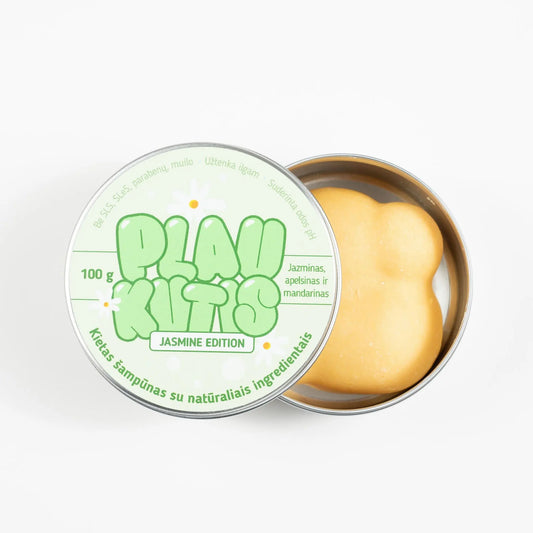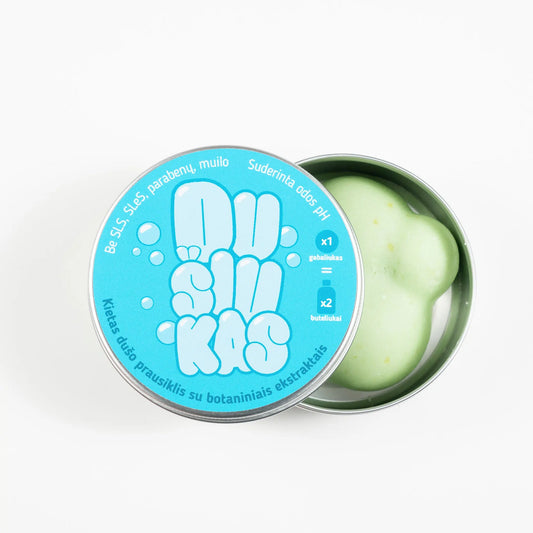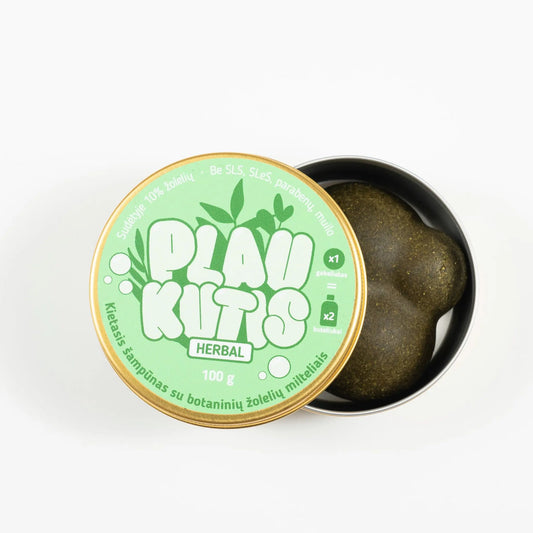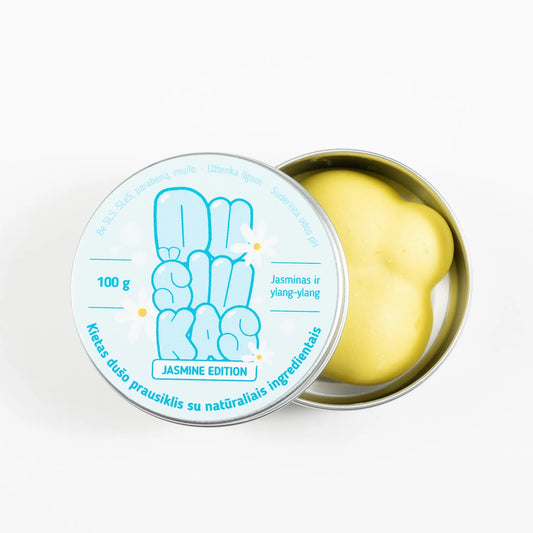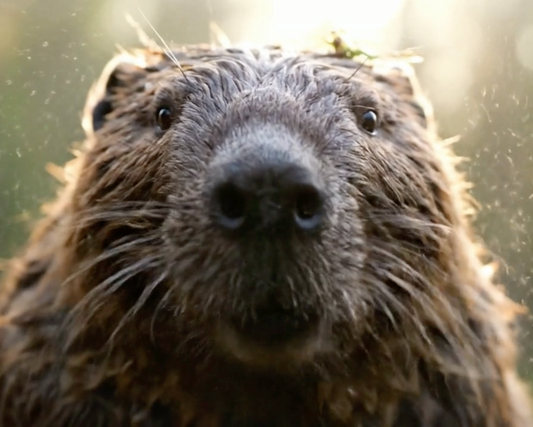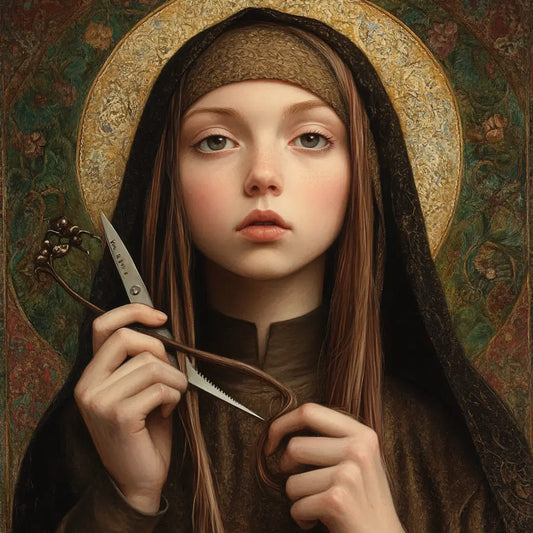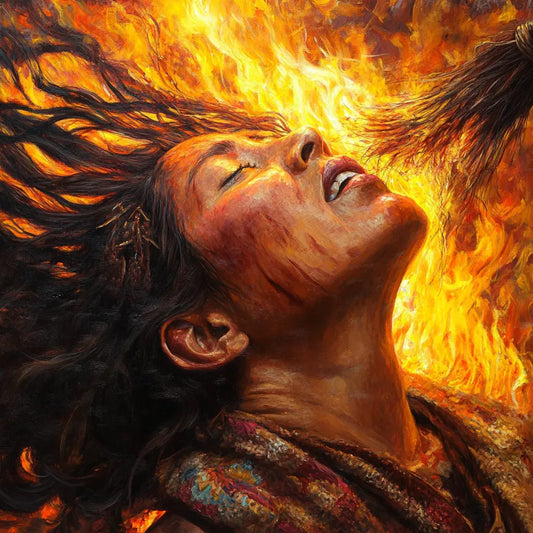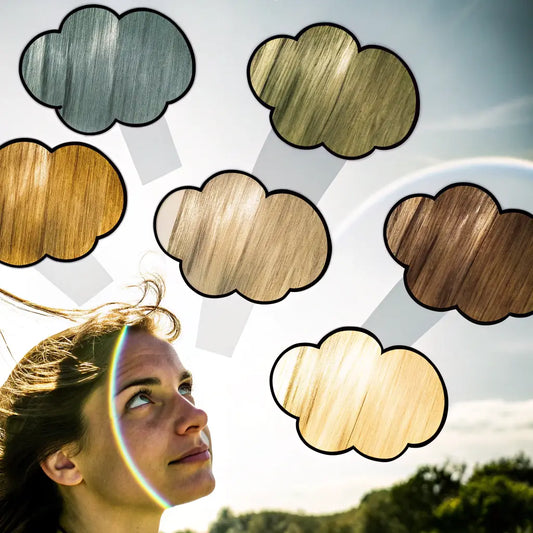Spiral and kinky hair is wonderfully unique , with beautiful curls that require special attention and care. If you have spiral or kinky hair, you understand the challenges of managing the curl pattern, shrinking, and retaining moisture. Unlike other hair types, spiral hair is prone to dryness , and without the right products and styling techniques, it can lose definition.
The key to loving your curly hair is finding styles that protect your strands and enhance your natural texture. Protective styles can help grow your hair and keep it healthy, while specific techniques can give you the definition and volume you crave. Let's take a look at how to style and love your curly, kinky hair.
Protective Styles for Spiral Hair
Protective styles are one of the best ways to care for curly and kinky hair . They help reduce breakage, protect the ends from damage, and allow your hair to grow without constant manipulation. Here are some popular protective styles you can try:
- Braids : Box braids, knotless braids, and micro braids are great protective styles. They not only protect your hair, but they also give you a versatile look. A 2017 Natural Hair Institute study found that 70% of women with curly hair preferred braids as a protective style, citing their easy maintenance and longevity. Interestingly, this study also noted that women who wore braids experienced 40% less breakage compared to those who frequently styled their hair loose.

- Twists : Twists , including double strand twists and flat twists, are a great way to keep your hair stretched while protecting it from breakage. You can wear twists alone or use them as a base for a twist-out style later.

- Cornrows : Cornrows are an ancient protective style with roots in various African cultures. They are worn close to the scalp, keeping your hair protected, and can be worn alone or with additional strands to add length. Did you know that cornrows date back over 3,000 years to ancient Africa ? They were often used to indicate tribal affiliation, status, and even marital status. In fact, during the transatlantic slave trade, cornrows were also used as a form of communication and map-making, with patterns symbolizing escape routes.

- Bantu Knots : Bantu knots are a beautiful style that involves sectioning your hair and twisting it into small ponytails. Not only are they protective, but when you take them out, they create beautiful, bouncy curls. Bantu knots originated with the Zulu people of Africa and are still a favorite style among those with curly and kinky hair.

- Wigs and extensions : Wearing wigs or extensions is another way to give your natural hair a break. Just make sure the hair underneath is properly moisturized and avoid tight hair ties, which can cause traction alopecia. According to a 2020 Hair Health Association survey , 60% of women with curly hair have used wigs or extensions at least once as a protective measure.

Techniques to define coils and curls
Spiral hair has a wonderful natural texture , but sometimes it takes a little extra effort to define those curls. Here are some techniques to enhance your natural curl pattern:
- Twist-Outs : Twist-outs are a great way to define your curls. Start by twisting small sections of damp, product-coated hair and let them dry completely. Once dry, gently untangle the twists to create defined, elongated curls. Twist-outs are especially effective for 4A and 4B curl types to create uniform, bouncy curls.
- Braid-Outs : Similar to twist-outs , braid-outs involve braiding your hair and then untangling the braids once they're dry. Braid-outs help stretch your curls a bit more than twist-outs , which can be helpful if you want extra length.
- Finger-coiling : Finger-coiling involves wrapping small sections of hair around your finger to encourage a well-defined curl. It’s time-consuming, but the results are worth the effort if you’re after super-defined curls. A 2019 study by the Curl Research Center found that 85% of participants reported longer-lasting curl definition using finger-coiling compared to other techniques. The method also helped reduce frizz by 30% , making it the go-to option for many with tighter curl patterns.
- Shingling : Shingling is a method of applying product in small sections to ensure each curl is well-coated. Use a styling cream or curling gel and "rake" it through your hair using your fingers. This method helps to stretch and define curls while reducing frizz.
- Using curl-enhancing products : Products like styling butters, curl creams, and gels are essential for defining curly hair. Look for products that contain shea butter, coconut oil, or castor oil , as these ingredients provide moisture and help shape and define curls. A 2021 survey by the International Hair Care Association found that 68% of women with curly hair prefer curl creams with natural oils over synthetic alternatives due to their superior moisturizing qualities. Additionally, those who used natural oil-based products experienced 25% less breakage after three months of consistent use.

How to add volume and reduce shrinkage
Frizz is a natural part of curly hair , but sometimes you want a little more volume and length. Here are some methods to add volume and reduce frizz without causing a loss of curl definition:
- Picking : Using a hair comb at the roots can help lift your hair and add volume without disrupting your curl pattern. Comb your hair gently, focusing on the roots for best results. Fun fact: Picking your hair has cultural significance in the black community , symbolizing pride and acceptance of your natural beauty.
- Stretching : Stretching your hair can help reduce frizz and add length. You can stretch your hair while it’s damp by putting it in scrunchies, creating large twists or braids, or using a blow dryer on a low setting. Did you know that stretching can make curly hair up to 75% shorter than its actual length? This phenomenon, while often frustrating, is a sign that your hair is well-hydrated and healthy , as it indicates elasticity and resilience.
- Banding : Banding involves sectioning your hair and using small rubber bands to secure sections from root to tip. This method helps stretch your hair overnight without heat and is a great way to maintain curls while adding length.
- African Threading : African threading is a traditional technique used to stretch spiral hair. It involves wrapping sections of hair with threads from root to tip. This method not only stretches the hair, but also protects it. It has been used for centuries in many African cultures to maintain hair length and protect natural hair.

Recommended styling products for curly and kinky hair
The right products can make a huge difference when it comes to styling curly and kinky hair. Here are some must-have products to help define your curls and keep your hair healthy:
- Curling creams : Curling creams provide the moisture and hold needed for styling. Look for creams with shea butter or mango butter , which help nourish and define curls without stiffening them.
- Styling gels : A good styling gel can help hold curls and reduce frizz. Look for an alcohol-free gel to avoid drying out your hair. A 2021 Natural Hair Journal study found that 75% of participants with curly hair preferred alcohol-free gels for their soft hold.
- Leave-in conditioners : Leave-in conditioners are important for keeping curly hair moisturized. Use a leave-in conditioner that contains coconut milk or argan oil to help lock in moisture throughout the day.
- Moisturizing oils : Oils like jojoba, castor, and olive oil are essential for locking in moisture. These oils are great for sealing in moisture after a leave-in treatment or curl cream . Did you know that castor oil has been used for hair growth since ancient Egyptian times ?
- Edge Control : To control your edges, edge control products help keep small strands in place. Look for one with aloe vera to nourish while also conditioning.

Myth busting: interesting facts about curly and kinky hair
Myth 1: Spiral hair doesn't grow as fast - Spiral hair grows at the same rate as other hair types, about half an inch per month . It just seems to grow slower due to the shrinkage.
Myth 2: Spiral hair is too fragile to style - Spiral hair can be styled in many ways ! Protective styles like braids and curls help maintain hair health while allowing for creativity.
Myth 3: You need to wash curly hair every day - Washing curly hair too often can strip away natural oils , making it dry. It's best to wash it every 7-10 days to maintain moisture.
Fact 1: Spiral hair is more prone to breakage - Due to its natural twists and turns, spiral hair is more prone to breakage. That's why it's important to gently condition, moisturize, and use protective styles.
Fact 2: Frizz is a sign of healthy hair - Frizz means your curls are supple and well-moisturized . Embrace frizz - it's a sign that your hair is in good condition!
Practical tips to keep curly and kinky hair looking amazing
- Moisturize regularly : Spiral hair tends to be dry, so make sure to moisturize it regularly. Use a leave-in conditioner daily and seal in with oil to lock in moisture.
- Avoid heat : Minimize heat use to protect your curls. If you do use heat, be sure to apply a heat protectant to prevent damage.
- Detangle carefully : Use a wide-tooth comb or your fingers to detangle. Always detangle while hair is wet and coated with conditioner to reduce breakage.
- Sleep with protection : Use a satin or silk cap or pillowcase to protect your curls while you sleep. This reduces friction and helps maintain the style.
- Deep condition once a week : Deep conditioning is essential for curly hair. Use a deep conditioner once a week to lock in moisture and prevent breakage.
FAQ about styling spiral and kinky hair
How often should I moisturize my curly hair? Hydrate daily or every other day to keep my curly hair moisturized. Use a leave-in conditioner and seal with oil .
What is the best way to reduce frizz in curly hair ? Use banding, stretching, or African wrap techniques to help reduce frizz while maintaining curl definition.
Is it safe to dye curly hair? Yes, but be sure to keep your hair moisturized and use protein treatments to maintain strength. Consult a professional for best results.
How to keep protective styles frizz-free? Keep your scalp moisturized by using a light oil , and wrap your hair with a satin scarf at night to reduce frizz.
How often should I wash my curly hair? Washing every 7-10 days is ideal for curly hair. Use a sulfate-free shampoo to avoid stripping your hair of its natural oils.
Conclusion: Achieve healthy and defined spiral hair
Spiral and kinky hair is beautiful, versatile, and full of personality . With protective styles, defining techniques, and the right products, you can keep your hair healthy, add volume, and proudly show off your natural texture. Remember, loving your spiral hair starts with proper care and embracing its unique beauty .
Whether you style it with bantu knots, twist-outs or braids, your spiral hair is a statement of your individuality. Experiment, protect and, most importantly, love every roll and curl !
